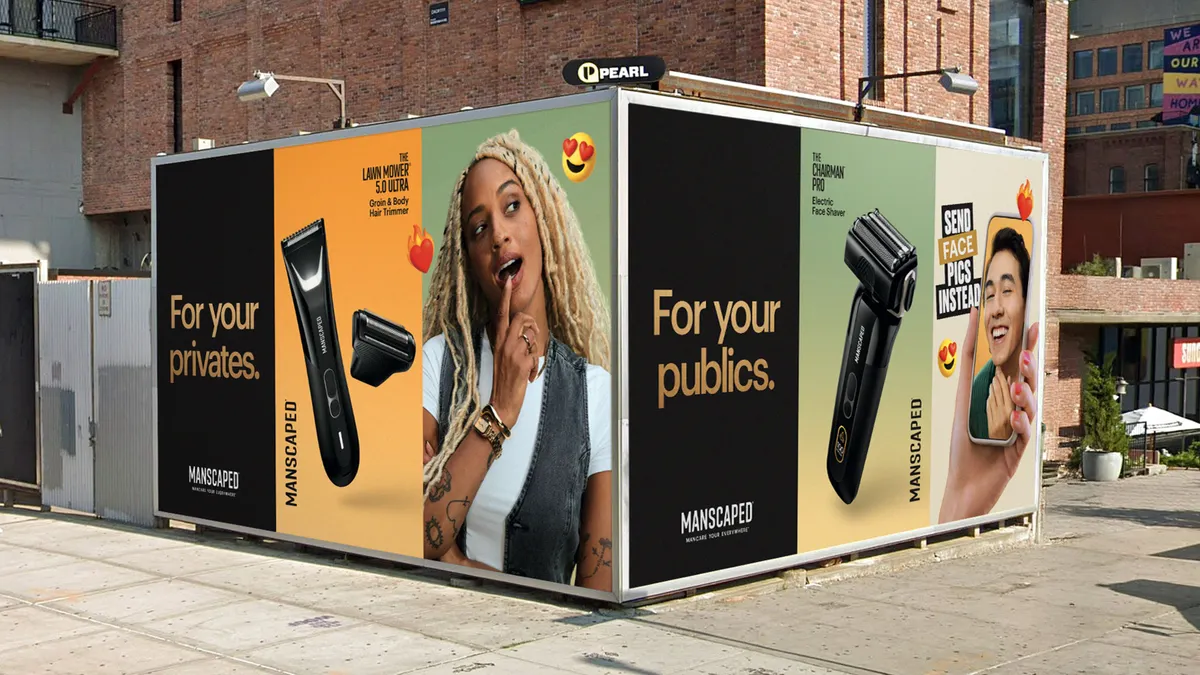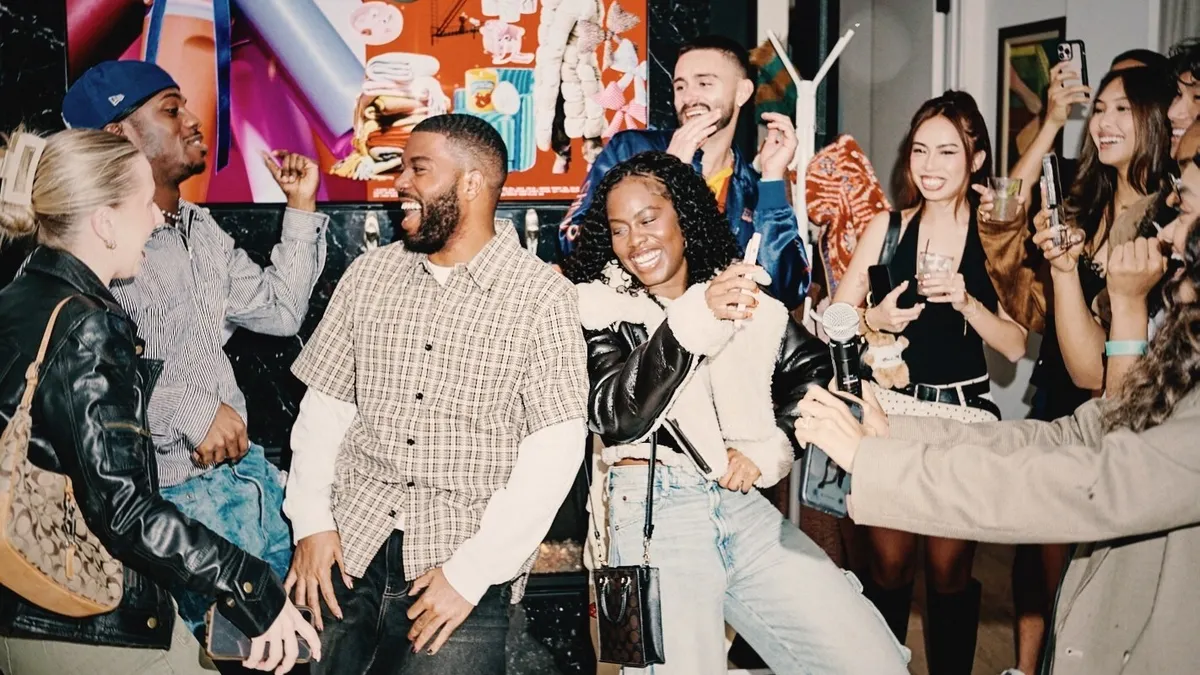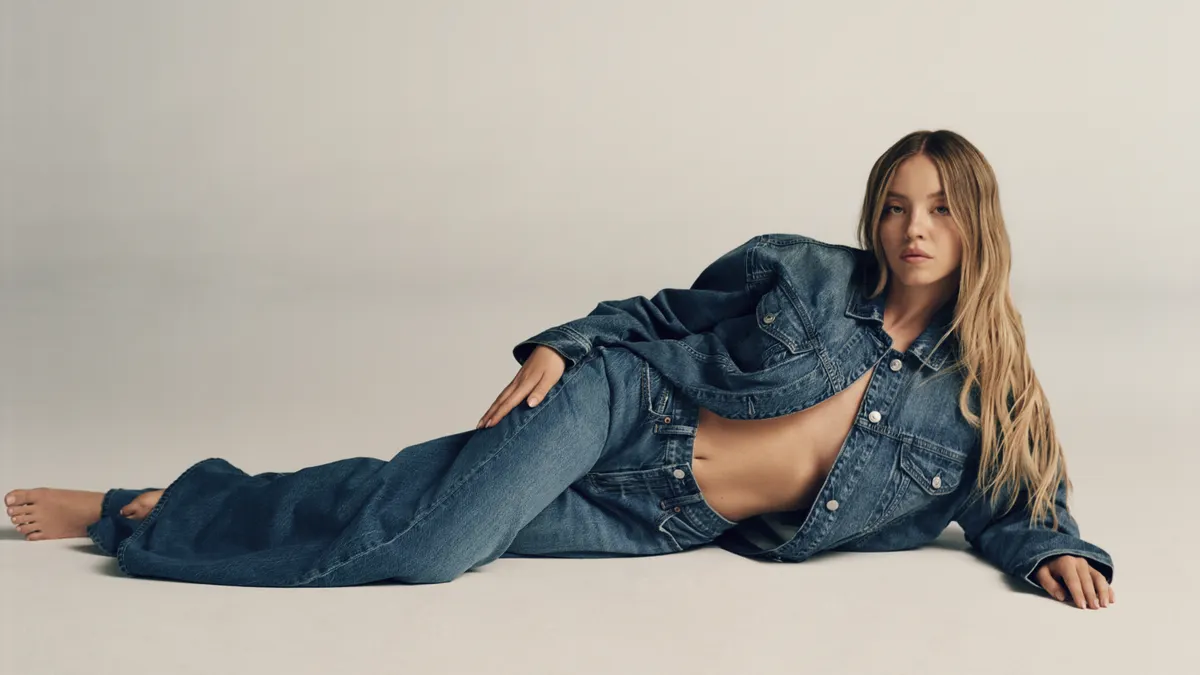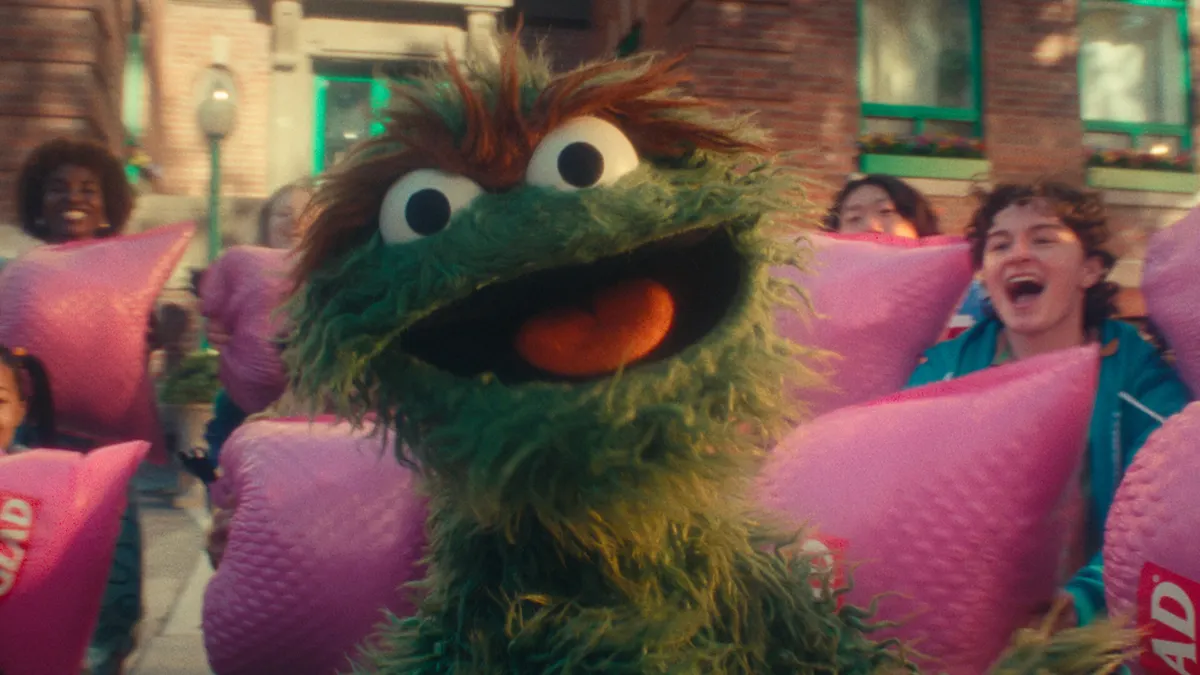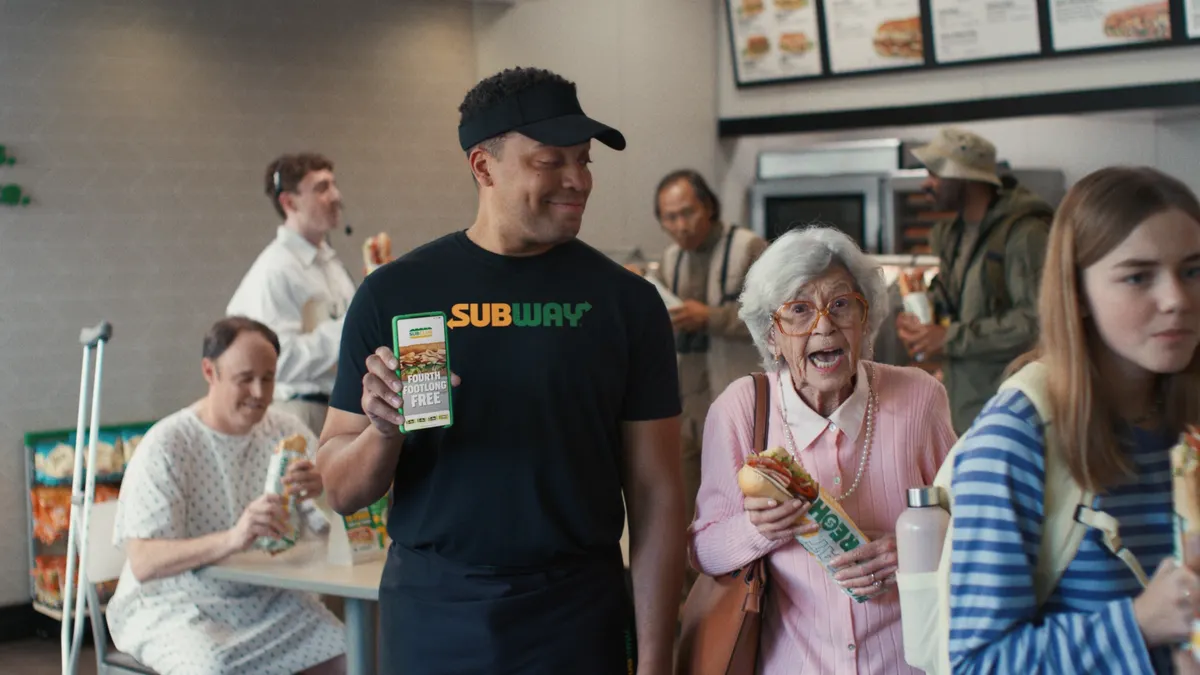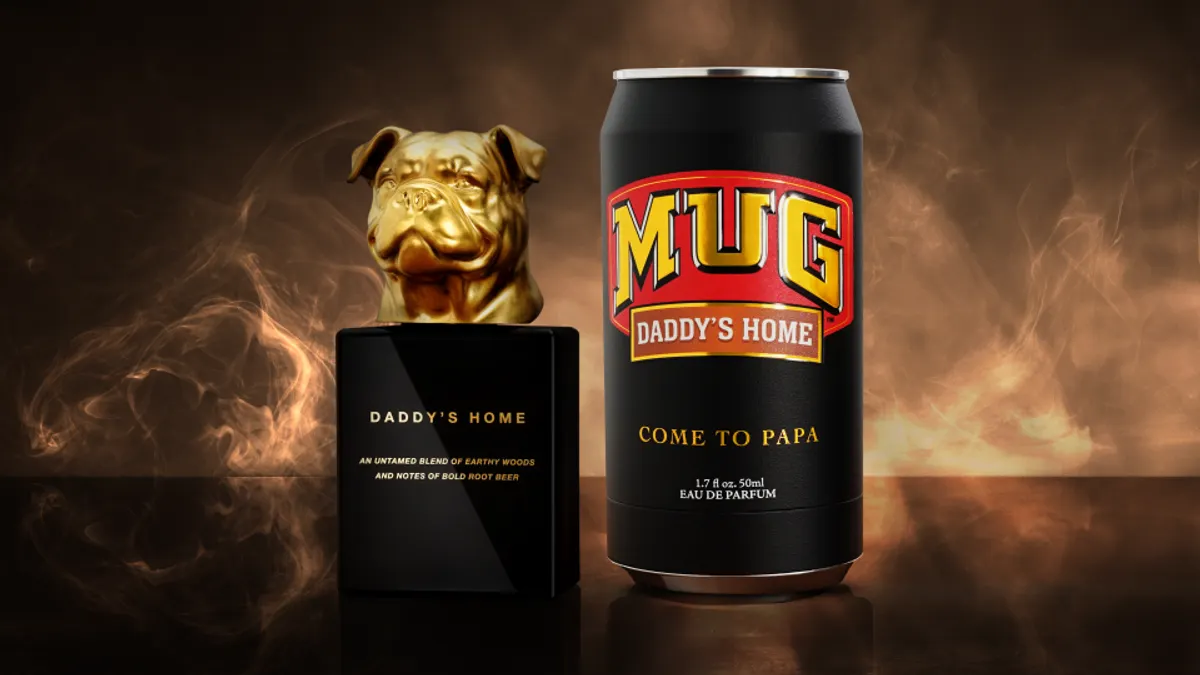Many shaving brands try to own a positioning around product superiority: More blades, less irritation, a smoother experience. Manscaped’s style skews more NSFW for the category, but a commitment to below-the-waist humor isn’t constraining its marketing ambitions. The company known for its male grooming products is conducting a creative review for its first Super Bowl ad, Adweek recently reported, in what would be the largest step yet to push beyond its roots in performance and direct-to-consumer marketing.
“It’s maybe the most visible part of that change in the media mix going more upper funnel. This is the kind of bang that proves that we are putting our money where our mouths are,” said Manscaped CMO Marcelo Kertesz during an interview at Advertising Week New York.
A potential big game play represents a pricey gamble for Manscaped, which turns 10 next year. The brand’s lewd approach also hasn’t always gelled with the constraints of broadcast TV (a past holiday campaign that alluded to Santa trimming his private parts was shot down by networks, according to Kertesz).
Still, the executive sees brand building as essential to realizing future growth and promoting Manscaped’s broadening product assortment, which now includes electric face shavers to complement classic offerings focused on the groin. Even as it aims to provide full-body “mancare,” Manscaped is preserving the impish bent. A campaign that debuted in July, “Send Face Pics Instead,” recommended that men snap a photo of their freshly shaven mugs rather than their private parts when flirting over the phone.
Marketing Dive spoke further with Kertesz about Manscaped’s thinking around the Super Bowl, the strategy behind “Send Face Pics Instead” and why the brand isn’t backpedaling toward performance despite economic volatility.
The following interview has been edited for clarity and brevity.
MARKETING DIVE: It's been three years since you moved up to CMO. What’s been the biggest change in how you think about marketing Manscaped?
MARCELO KERTESZ: Every time you get a new challenge, there are a lot of new things to learn. I don’t come from a traditional marketing background. I come from the creative side of the business with some stints in political marketing, where I developed my strategic skills and more of that high-level thinking. Running a marketing organization, especially within Manscaped, was challenging in a good way. I am the kind of guy who loves a good problem. I had a couple in front me.
The first: It was clear at that point that the formula that had brought us to a really good spot was not what was going to take us to the next level. Manscaped started as a very strong performance marketing and DTC [business]. We always had our foot in retail, we were always strong on Amazon, but the heart and soul of the company, in my opinion, was built around this performance-to-DTC space. Performance-DTC puts you in a nice place. It’s the best way to break through, especially in a category where you have competitors that have been there for longer. But it’s very hard to scale, and to scale especially to the size of our ambitions. Manscaped is a very ambitious company. We really want to go huge and we knew we had to change. It’s not just about changing your media mix or the kinds of advertising you do. It’s changing a whole culture.
The other [task] was getting us from being a growing grooming company — we invented the category and are still known a lot by our success in the groin — and then to show the world that this was just the first step and that we actually are here for all your mancare. That’s also a big challenge. The same thing that gave us a lot of traction and success in the beginning is what tends to put us in a box: “Oh, the groin guys.” To break through that, you need to prove yourself quite a lot.
On the first point about changing the culture, what did that entail for you?
It’s a combination of things. Our team was really strong in performance marketing. We always had brand activations: We had a partnership with UFC, we did a partnership with the [San Francisco] 49ers. But the core of our team was pretty much being kickass in performance. It was a combination of bringing people on the team along the journey of thinking more strategically, deploying other tools and also being less hands-on-keyboard and more thinking about how to unlock growth. At the same time, we were bringing in a few people that came from different backgrounds so we could have that rich mix of experiences.
The “groin guys” is a distinctive positioning. With “Send Face Pics Instead,” there's similar innuendo. Was there a point in time where you considered pivoting entirely? What convinced you to stay the course on edgier humor?
Of course, when you talk about the groin, there’s that fifth grader in us that smirks and it releases a little bit of joy. It is something that works really well because it’s a topic that, at the very least, gets your attention. How do you upgrade from that without losing the essence of that release of tension, that sense of humor, that lightheartedness that we realize consumers love about the brand?
Where we found our sweet spot was, let’s take, for example, the face-shaving category. We are fighting against hundred-year-old brands. At the same time, they’re very technical. They’re very stiff in their marketing and in their voice. For a lot of people, because of of that, shaving is a chore. We realized that our brand voice — the one that we had to develop to talk to people about “the boys” — could be quite engaging, like a moment of relief, especially in a world that’s getting so complicated with wars and divisiveness.
We felt that our brand tone, which we had to develop almost as a requirement to talk about balls, was also a sigh of relief in this category where everything was so technical, all about [revolutions per minute] and ceramic blades. Let’s talk about people for a moment, and about crafting your look and your identity instead of that perfect, one-pass shave.
That’s where we found that we should not and we could not let go of our tone. But of course, shifting the conversation from balls to something else is a change. We believe that we should not lose sight of where we started, so that’s why this next step, “Send Face Pics Instead,” has a very clear reference to where we came from.
That campaign included dating app takeovers and bicoastal out-of-home buys. What are the media channels you’re experimenting with to grow this message?
There is a necessary change in our media mix profile. In the initial years, the core of our spend was still in lower funnel [Manscaped launched in 2016]. We are flipping that pyramid. We are really putting things upside down now. We have the perfect condition with new categories and a very solid retail footprint. We are at Walmart, Target, CVS, Best Buy.
But it’s not necessarily about the channel, it’s how we use the channel. Even when we do digital ads, we can still use those same channels, but now instead of trying to set up a campaign only to convert, we are also setting part of the budget for reach and awareness. Expect more out of home, expect more audio, expect more TV, but not necessarily that this is the core of the ship. It’s more about the intention.
Adweek reported you’re conducting a creative review for the Super Bowl. What would your strategic aims be with a big game ad?
We still have some things to figure out. As a brand, because of the things we talk about, we need to go through clearance and all those things. There’s always the fear that we’re going to be too edgy, which I’m pretty confident that we’re going to get through. We’re still working out some details. But the decision to do that [go to the Super Bowl] ... we now have a range of products, we are in different categories. With this retail footprint and with the brand, everyone that we reach out to, the response is so overwhelmingly positive that we feel the confidence to go big in terms of reach. If you haven’t heard about Manscaped, it’s time to hear. That’s the strategy behind it.
It shows a lot of confidence, too, that you could even think about something like the Super Bowl when ad inventory is so expensive.
But it makes me and all of us nervous! Of course, we have the confidence that we worked hard and put our best brains together and we’re making good decisions. But we are still a relatively small company compared to the huge giants that we fight against and it makes us all nervous, but good nervous.
In a downturn, a lot of marketers move back toward back toward performance marketing. It’s interesting that you're going for these bigger brand-building plays.
In uncertain times, sometimes people retract into performance. In my opinion, it depends a lot on where you are on your journey. For some brands, where performance is still at that sweet spot where you can find growth, I see no problem in retreating a little bit to what has been working and is safe and measurable. But we got to a size where staying in that space is not going to give us the path toward where we need to go.


